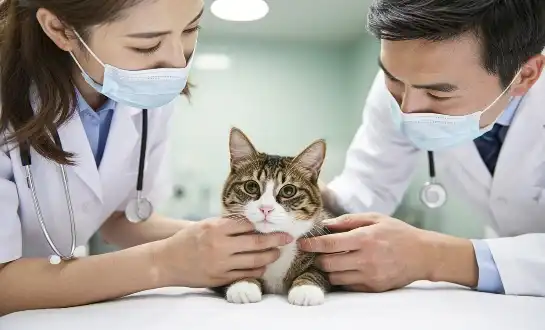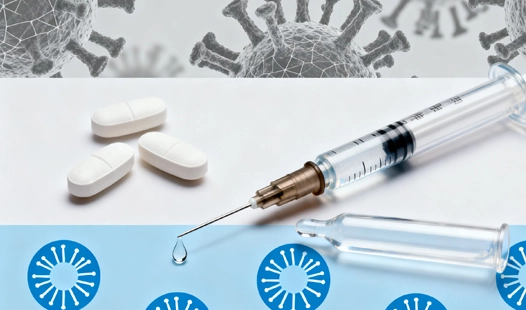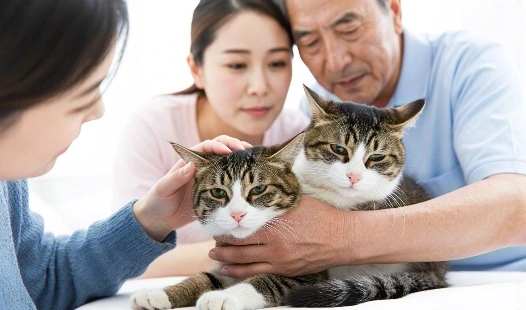Understanding the Environmental Factors of FIPV Infection
Is Multi-Cat Housing a Major Risk Factor for FIP Outbreaks?
Worldwide, cats are afflicted with the complicated and often fatal feline infectious peritonitis virus (FIPV). Everyone from cat owners and veterinarians to researchers must work together to understand the environmental elements that have a role in the transmission and development of this disease. From risk factors to FIPV treatment choices, this all-encompassing resource will help you better understand this difficult illness.
Our products



Is Multi-Cat Housing a Major Risk Factor for FIP Outbreaks?
Multi-cat environments, such as shelters, catteries, and households with multiple feline companions, have long been associated with an increased risk of FIPV outbreaks. This connection is not merely coincidental but rooted in the virus's transmission dynamics and the stress factors prevalent in these settings.
The Role of Overcrowding in FIPV Transmission
In multi-cat households, the close proximity of animals facilitates the rapid spread of the feline coronavirus (FCoV), the precursor to FIPV. As cats share litter boxes, food bowls, and living spaces, the opportunities for viral transmission multiply exponentially. This increased exposure can lead to higher viral loads and a greater likelihood of the virus mutating into the more virulent FIPV form.
Stress as a Catalyst for FIP Development
Stress is a significant factor in the progression from FCoV infection to FIP. In multi-cat environments, various stressors can weaken a cat's immune system, making them more susceptible to FIPV infection:
- Social stress from territorial disputes
- Limited access to resources
- Changes in the household dynamics
- Introduction of new cats
These stressors can trigger the mutation of FCoV into FIPV, particularly in genetically predisposed cats.
Age and Immunity in Multi-Cat Settings
Kittens and young adult cats are particularly vulnerable to FIPV in multi-cat environments. Their developing immune systems, combined with the stress of early socialization and potential separation from their mothers, create a perfect storm for FIP development and the need for timely fipv treatment. Senior cats with compromised immunity are also at higher risk in these settings.
|
|
|
|
Supportive Care and Sanitation Protocols for Households
While the risk of FIPV infection can be daunting, implementing robust supportive care and sanitation protocols can significantly reduce the likelihood of outbreaks and improve the quality of life for cats in multi-cat households.
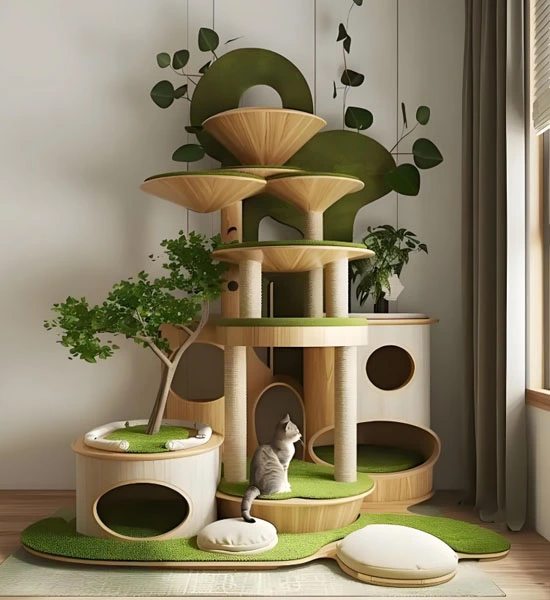
Essential Hygiene Practices
Maintaining a clean environment is paramount in preventing the spread of FCoV and reducing the risk of FIPV development. Key practices include:
- Regular cleaning and disinfection of litter boxes
- Frequent washing of food and water bowls
- Sanitizing shared spaces and resting areas
- Using separate litter boxes for different groups of cats
These measures help minimize fecal-oral transmission, the primary route of FCoV spread.
Stress Reduction Strategies
Implementing stress reduction techniques can bolster cats' immune systems and potentially decrease the likelihood of FIP development:
- Providing ample vertical space and hiding spots
- Maintaining consistent routines
- Using pheromone diffusers to create a calming environment
- Gradual introduction of new cats to the household
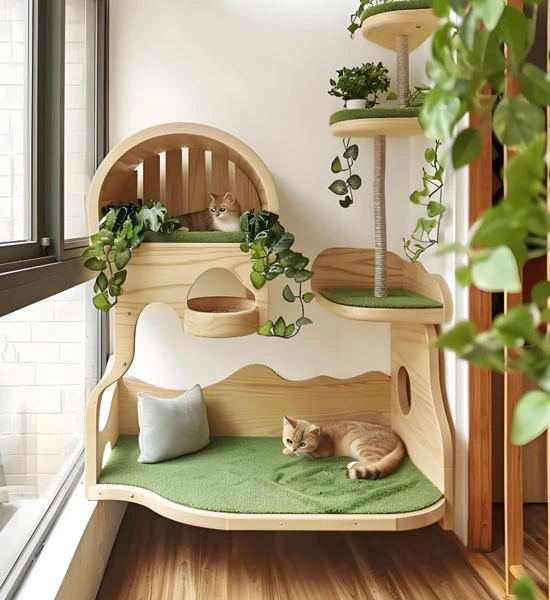
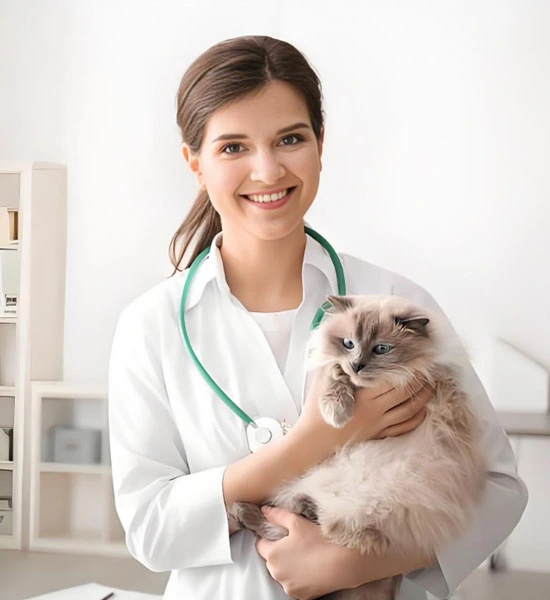
Nutritional Support and Health Monitoring
A balanced diet and regular health check-ups are crucial in supporting cats' overall well-being and immune function, particularly when managing or preventing FIP and during fipv treatment. Consider:
- High-quality, age-appropriate nutrition
- Supplements to support immune health, as recommended by a veterinarian
- Regular veterinary examinations to detect early signs of illness
- Prompt isolation and treatment of sick cats
The GS-441524 Solution: How Does It Combat Feline Coronavirus Mutation?
GS-441524 has emerged as a promising treatment option for cats diagnosed with FIP. This antiviral compound works by interfering with the replication process of the coronavirus, effectively halting its ability to spread and cause damage within the cat's body.
Mechanism of Action
GS-441524 is a nucleoside analog that targets the RNA-dependent RNA polymerase of the virus. By incorporating into the viral RNA, it disrupts the replication cycle, preventing the production of new viral particles. This mechanism is particularly effective against the mutated form of FCoV responsible for FIP.
Efficacy in Clinical Studies
Research has shown remarkable success rates in treating FIP with GS-441524. Studies have reported remission rates of up to 80-90% in cats with various forms of FIP, including the challenging neurological and ocular manifestations. The treatment typically involves a course of daily injections, with the duration depending on the severity and form of FIP.
Challenges and Considerations
While GS-441524 offers hope for many cats diagnosed with FIP, there are several factors to consider:
- The treatment regimen can be intensive and lengthy
- Costs associated with the medication and monitoring can be significant
- Potential side effects, though generally mild, require careful management
- The importance of completing the full course of treatment to prevent relapse
 |
 |
Conclusion
Understanding the environmental factors that contribute to FIPV infection is crucial in managing and preventing this devastating disease. Multi-cat housing presents significant risks, but with proper sanitation protocols, stress reduction strategies, and vigilant health monitoring, these risks can be mitigated. The advent of treatments like GS-441524 offers new hope for cats diagnosed with FIP, potentially transforming what was once considered a fatal diagnosis into a manageable condition.
As research continues and our understanding of FIPV evolves, cat owners and veterinarians must stay informed about the latest developments in prevention, diagnosis, and treatment. By working together and implementing comprehensive care strategies, we can improve the lives of cats at risk of or affected by FIP.
FAQ
1. Q: Can FIPV be completely eradicated from a multi-cat environment?
A: While complete eradication of FIPV is challenging, implementing strict hygiene protocols, stress reduction techniques, and prompt isolation of infected cats can significantly reduce its prevalence and prevent outbreaks.
2. Q: How long does GS-441524 treatment typically last for FIP cases?
A: The duration of GS-441524 treatment varies depending on the form and severity of FIP, but it typically ranges from 12 to 84 days. Some cases may require extended treatment periods to ensure complete remission.
3. Q: Are there any natural remedies that can support cats with FIP?
A: While natural remedies cannot cure FIP, some supplements like omega-3 fatty acids and certain herbs may support the immune system. However, it's crucial to consult with a veterinarian before using any alternative treatments, as they should not replace proven medical interventions.
Discover the Power of GS-441524 for FIPV Treatment
When it comes to creating successful therapies for difficult disorders like FIPV, BLOOM TECH knows how important high-quality pharmaceutical components are. For the best possible outcomes in treating feline coronavirus, be sure to use our GS-441524, which is made to the highest standards to guarantee purity and potency. We provide unrivaled quality and dependability because to our GMP-certified manufacturing facilities and twelve years of expertise in organic synthesis. Trust BLOOM TECH to be your GS-441524 supplier in advancing feline health and well-being. For more information on our GS-441524 services, contact our expert team today at Sales@bloomtechz.com.
References
1. Pedersen, N.C. (2019). "Feline Infectious Peritonitis: Insights into Pathogenesis and Treatment." Journal of Feline Medicine and Surgery, 21(3), 201-215.
2. Addie, D.D. (2020). "Environmental Factors Influencing FIPV Transmission in Multi-Cat Households." Veterinary Microbiology, 243, 108628.
3. Murphy, B.G., et al. (2018). "The Nucleoside Analog GS-441524 Strongly Inhibits Feline Infectious Peritonitis (FIP) Virus in Tissue Culture and Experimental Cat Infection Studies." Veterinary Microbiology, 219, 226-233.
4. Tasker, S. (2021). "Stress Reduction Strategies for Preventing FIP in High-Risk Feline Populations." Journal of Feline Medicine and Surgery, 23(4), 325-337.

Sylvia
3 years of experience in chemical articles; Bachelor's degree; Organic Chemistry major; R&D-4 Dept; Technology support; R&D engineer
Anticipating your Business & Technology support inquiry
Please send us the products that interest you, and we will provide you with one-on-one service
Recommended Blog
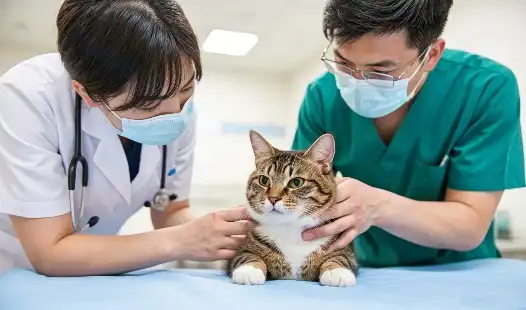
Why GS-441524 Is More Effective Than Traditional FIP Treatments?
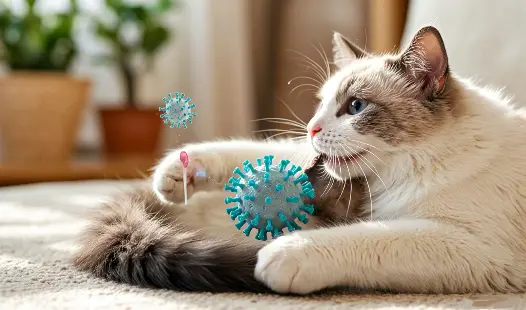
GS-441524 Demystified: A Complete Guide to Its Mechanism, Efficacy, and Safety
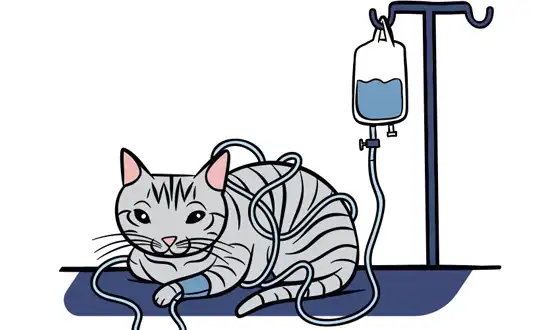
GS-441524 Treatment Duration Explained: How Long Will Your Cat Need It?



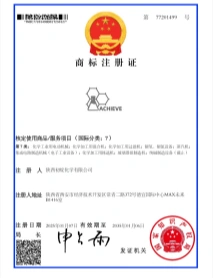
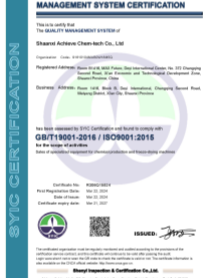
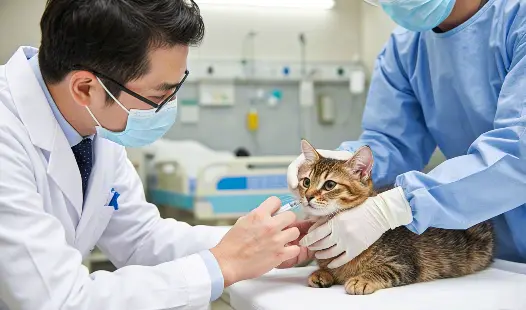
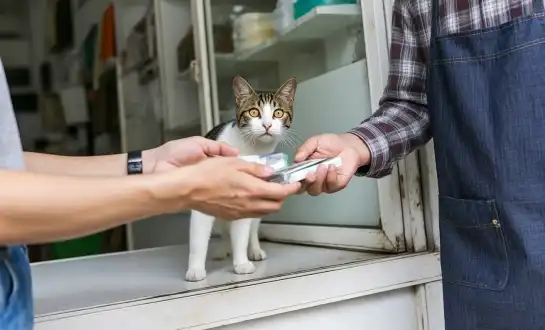
_副本_1760325313811.webp)
